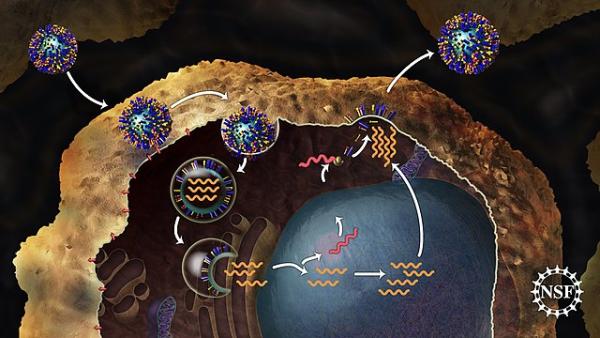
Epidemiologist Katelyn Jetelina publishes regular, extremely informative updates of the state of respiratory infectious diseases in the U.S. This was the punchline of her most recent one, published on December 5:
Respiratory illnesses continue to increase due to colder temperatures, changes in human behavior (i.e., holidays), and viruses mutating, like Covid-19.
As shown in this figure, overall respiratory illness levels are high or very high in almost half the country, and we are still fairly early in the season:
Source: CDC
“Influenza-like illnesses,” or ILI, as the category is called by the CDC, surpassed the “epidemic” threshold early this season compared to most previous years and is now increasing sharply:
(The curves depict data from the CDC, and the annotations are Dr. Jetelina’s.)
Compared to recent years, it looks like this could be an early and potentially severe ILI season (dark-red line).
COVID-19
A new omicron subvariant, JN.1 – a sublineage of BA.2.86 – was responsible for more than 20% of new infections in recent weeks, according to CDC estimates. COVID-19 causes account, by far, for the highest percentage of deaths, among circulating respiratory viruses and, as shown in the figure below, although the numbers of COVID deaths are far lower than this time last year, they are increasing. Deaths from flu are rising, which is not unexpected at this point in the flu season.
(The curves depict data from the CDC; the annotation is Dr. Jetelina’s.)
COVID hospitalizations are also rising:
Source: CDC
The figure below shows national and regional trends of levels of SARS-CoV-2 in wastewater, an early predictor of future COVID cases (last updated 11/25/2023). Note that in every region except the West, SARS-CoV-2 levels were heading up sharply, a bad sign before the expected spike in exposures to infection during December and January holiday-related activities.
Source: CDC
RSV (Respiratory Syncytial Virus)
This figure, which plots nationwide test positivity of RSV using various detection methods, shows that activity is sharply increasing, a few weeks behind last season’s trend line:
Source: CDC
In summary, the expected seasonal respiratory viruses are alive and well and coming into their own pretty much on schedule.
Dr. Jetelina’s bottom line: “We are in the dead middle of the respiratory season, and all indicators are increasing. It is still not too late to get your vaccines! And to take other protective measures to maximize fun holiday activities.” I agree. Be smart. Be safe.



